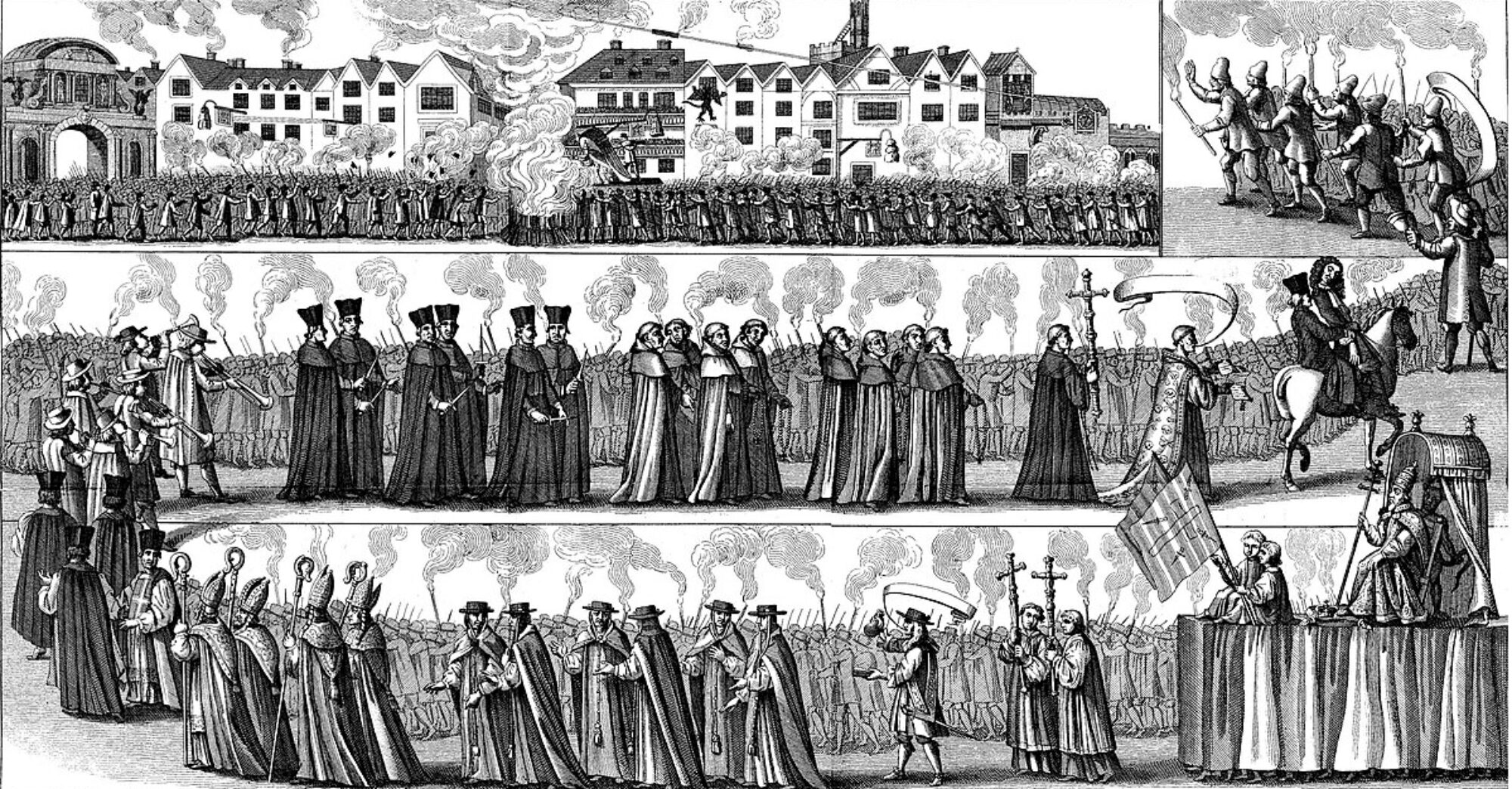Conference of interest to the fault-tolerant crowd (hm, wording not quite right):
Event Title: Workshop on Logical Aspects of Fault Tolerance (LAFT)
(affiliated with LICS 2009)
Date: 08/15/2009
Location: University of California, Los Angeles
Description:
We are soliciting papers on logical aspects of fault tolerance. The concept of
“fault” underlies essentially all computational systems that have any goal.
Loosely speaking, a fault is an unintended event that can have an unintended
effect on the attainment of that goal. “Fault tolerance” is the term given to a
system’s ability to cope in some way with a fault, either inherently or through
design. Fault tolerance has been studied for its application to circuits, and then
branching out to distributed systems and more recently to quantum computers, where
the concern with fault tolerance is almost the paramount issue. The relevance to
biological computation is also obvious. Papers must be concerned with mathematical
logical approaches to fault tolerance, not simply fault tolerance.
Selected papers will appear in Logic Journal of the IGPL (Oxford U. Press).
IMPORTANT DATES:
Papers due: April 17, 2009
Notification: May 22, 2009
Final papers: July 10, 2009
Workshop: August 15, 2009
